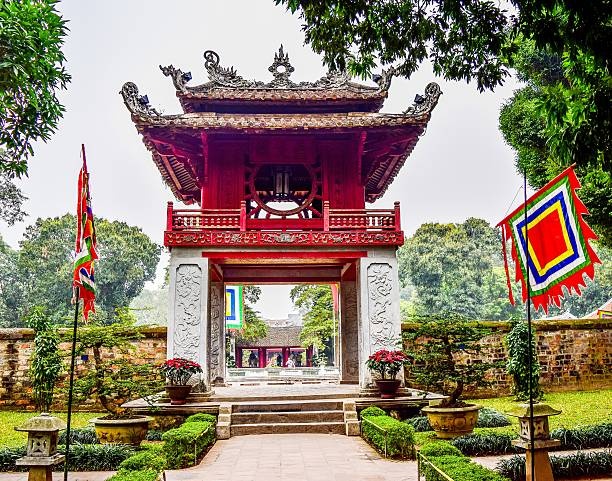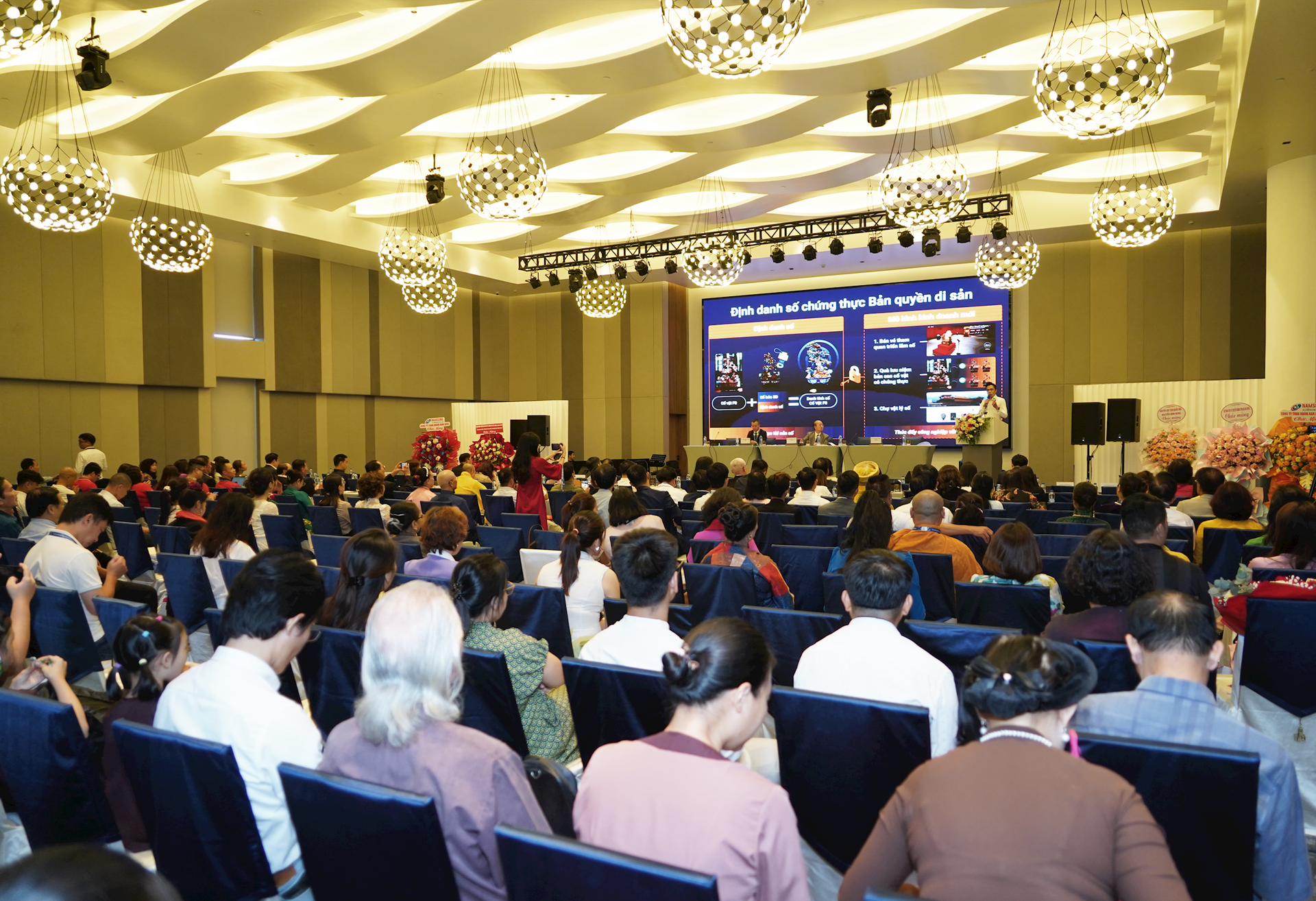Egypt discovers three millennia-old tombs
 |
| A handout picture released by the Egyptian Antiquities Ministry on Aug 15, 2017 shows a sarcophagus which was in one of three tombs that were discovered at cemetery dating back about 2,000 years in the al-Kamin al-Sahrawi area in Minya province, south of Cairo. (Photo: HO/Egyptian Antiquities Ministry/AFP) |
The tombs excavated in the Al-Kamin al-Sahrawi area in Minya province south of Cairo were in burial grounds constructed some time between the 27th Dynasty and the Greco-Roman period, the ministry said in a statement.
The team found "a collection of sarcophagi of different shapes and sizes, as well as clay fragments," the statement quoted Ayman Ashmawy, head of the ministry's Ancient Egyptian Antiquities Sector, as saying.
One of the tombs, which was reached through a shaft carved in rock, contained four sarcophagi each sculpted to depict a human face
Another tomb held the remains of two sarcophagi and six burial holes, including one for "the burial of a small child".
Clay fragments found at the site "date the tombs between the 27th Dynasty (founded in 525 BC) and the Greco-Roman era (between 332 BC and the fourth century)," the statement said.
The discovery "suggests that the area was a great cemetery for a long span of time," it quoted Ashmawy as saying.
In one of the three tombs, excavators found bones believed to be the remains of "men, women and children of different ages", Ali al-Bakry, head of the mission, was quoted as saying in the statement.
This shows that "these tombs were part of a large cemetery for a large city and not a military garrison as some suggest," he said.
This work follows previous excavation at the site, which began in 2015.
"Works are underway in order to reveal more secrets," the statement said.
Egypt boasts an array of ancient sites including Pharaonic temples and the famed Giza pyramids that draw millions of tourists every year.
What the stars mean:
★ Poor ★ ★ Promising ★★★ Good ★★★★ Very good ★★★★★ Exceptional
Latest News
More News
- Traditional Vietnamese crafts go digital to boost global reach (July 17, 2024 | 18:11)
- Standard Chartered Hanoi Heritage Race holds meet & greet (June 29, 2024 | 09:00)
- IFF Holdings, Marriott International open luxury hotel, residences (June 24, 2024 | 15:54)
- New Zealand Trade and Enterprise partners with major retailers to bring premium products to Vietnam (May 24, 2024 | 11:43)
- Vietnam’s tourism brand in need of methodical marketing strategies (May 17, 2024 | 07:52)
- Muong Thanh Group sets record for largest simultaneous Thai Xoe dance performances (May 08, 2024 | 11:42)
- Trang An marks 10th anniversary as UNESCO World Heritage Site (April 30, 2024 | 09:00)
- Visiting Trang An Heritage Region 2024 to join Trang An Festival (April 29, 2024 | 08:57)
- Le Méridien Saigon launches new series of Chefs' Table (April 15, 2024 | 15:35)
- Promoting Vietnam's tourism in Hollywood (April 13, 2024 | 08:00)




















 Mobile Version
Mobile Version